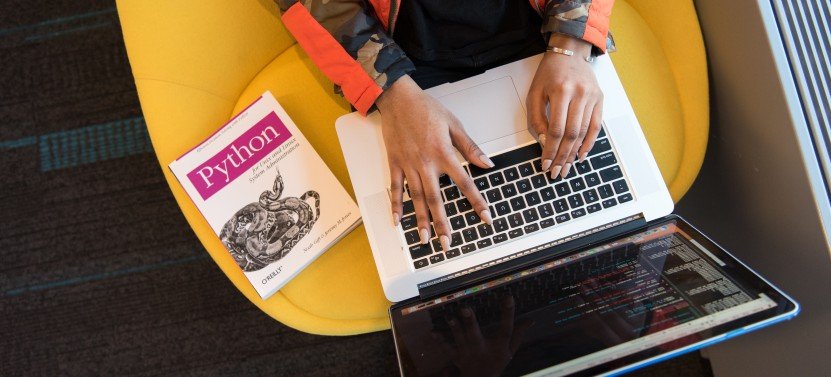
 Let's talk: 0800 464 7969
Let's talk: 0800 464 7969
Nima Nadali
28th April 2023
Python, one of the most influential programming languages today, has an intriguing history filled with innovation, simplicity, and a dedicated community. Let's delve into the chronicles of Python development.
Python was conceived in the late 1980s by Guido van Rossum at CWI (Centrum Wiskunde & Informatica) in the Netherlands as a successor to the ABC language. Python 0.9.0, released to alt.sources in February 1991, introduced classes with inheritance and exception handling, features that are integral to the language today.
Python 1.0 was released in 1994, introducing functional programming tools like lambda, map, filter, and reduce. The following years witnessed the release of Python 1.2, 1.3, and 1.4, each introducing new features and improvements. Notably, Python 1.4 in 1996 included the modularity-enabling 'import' statement and built-in support for complex numbers.
The release of Python 2.0 in October 2000 saw significant developments like the inclusion of list comprehensions, a full garbage collector, and support for Unicode. Subsequent releases in the Python 2 series further refined the language. Python 2.7, released in 2010, was the last version in the 2.X series and was supported until 2020.
Python 3.0, also known as Python 3000 or Py3K, was released in December 2008. It was designed to rectify fundamental flaws and remove redundant features, even at the cost of backward compatibility. Key changes included print becoming a function, integer division resulting in a float, and strings being Unicode by default.
Python's 3.X series brought a host of improvements and new features. Python 3.5 introduced type hints, and Python 3.7 brought data classes and module-level 'getattr' and 'dir'. Python 3.8 included the Walrus Operator (assignment expressions) and positional-only parameters, while Python 3.9 introduced new parsing technology and more consistent and precise types.
Python's evolution has been driven by its emphasis on readability, simplicity, and a "batteries included" philosophy. It's used in diverse domains, from web development and data analysis to artificial intelligence and scientific computing, proving its versatility. As Python continues to evolve, it's poised to remain a preferred language among developers globally.